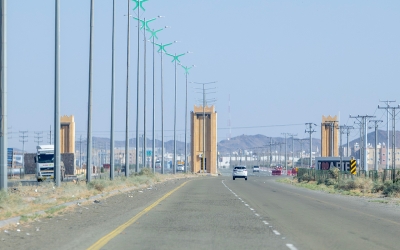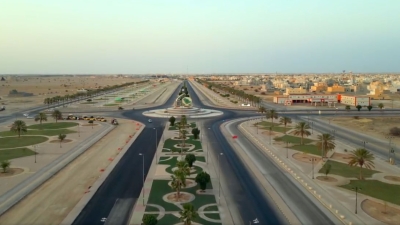
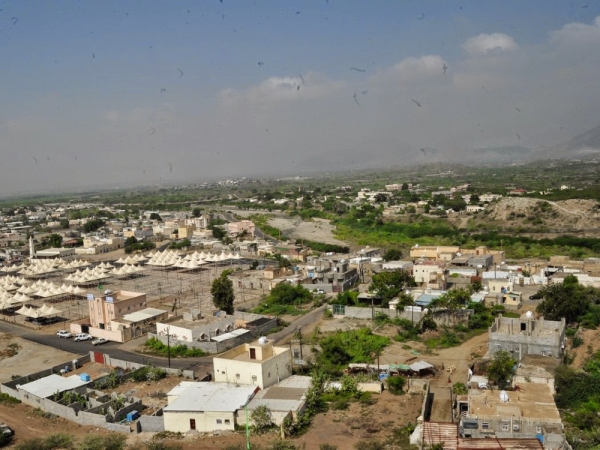
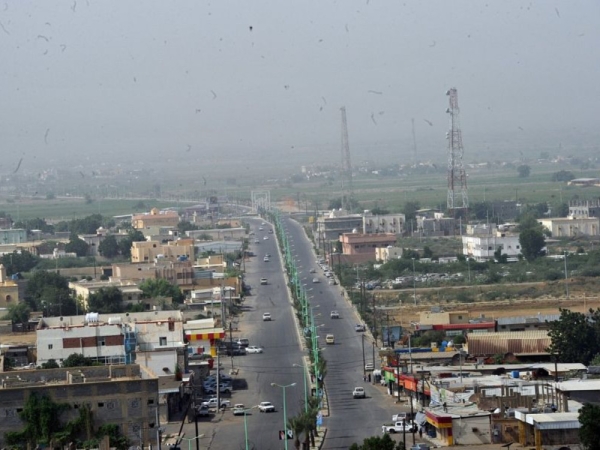
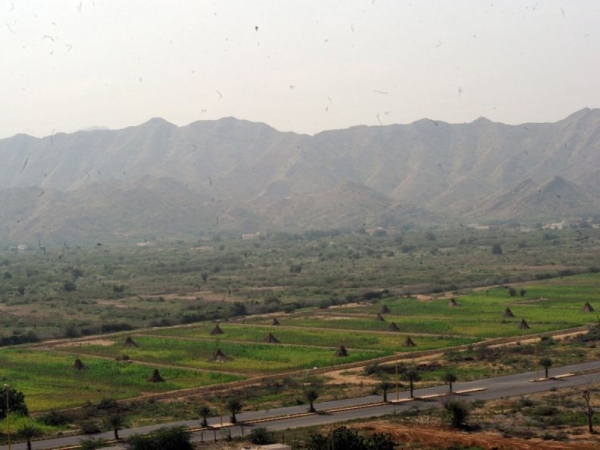
Al-Hurrath Governorate is one of the governorates of Jazan Province, southwest of the Kingdom of Saudi Arabia. It is the second least populated governorate in the province after Farasan Governorate, accounting for 0.09 percent of Jazan Province's population according to the Saudi Census 2022, with an estimated population of 11,561 people. Al-Khawbah City serves as the administrative center and capital of the governorate, and it is home to al-Khawbah Traditional Market. The governorate also includes al-Khushal Center, al-Qofl Center, and the villages of al-Muhassarah and al-Mujarrad.
Location of al-Hurrath Governorate
Al-Hurrath Governorate is located approximately ninety-one km southeast of Jazan City, the administrative capital of Jazan Province. It lies in the central southern part of the province along the Saudi-Yemeni border, at an elevation of about 271 m above sea level. It is bordered to the north by
Air transport in al-Hurrath Governorate
Al-Hurrath Governorate is served by King Abdullah Airport in Jazan City, the nearest airport to the governorate, located about eighty-seven km away. It is an international airport with a capacity of approximately nine hundred thousand passengers annually.
Land Transport in al-Hurrath Governorate
Secondary Road 156 passes through al-Hurrath Governorate and serves as the main land transport hub, providing access to and from the governorate.
Valleys of al-Hurrath Governorate
Al-Hurrath Governorate experiences rainfall throughout the year and is home to several valleys with dense vegetation, including trees such as Gilead balsam (Commiphora gileadensis) and Toothbrush tree (Salvadora persica). It also features various aromatic wild plants, including Sweet marjoram (Origanum majorana), Shrubby mint (Plectranthus tenuicaulis), Coleus (Solenostemon monostachyus), Wild basil (Ocimum forsskaolii Benth), and Sweet basil (Ocimum basilicum). Sesame and grains such as wheat and sorghum are cultivated in the governorate, in addition to bananas and mangoes. It is also known for livestock farming. Among the valleys in al-Hurrath Governorate, Wadi Khalab runs through the center of the governorate from east to west, passing through several villages. Wadi Liyah is located south of the governorate, flowing from east to west, and is distinguished by its year-round water flow and the rare trees surrounding it. Wadi Dahwan, situated north of the governorate in al-Khushal Center, with seasonal water flow. Wadi al-Dahen is located north of al-Khushal Village and is known for its natural scenery and dense trees. Other valleys in the governorate include Wadi Sial, Wadi Dhahban, Wadi Khumran, and Wadi al-Qasab
Al-Ain al-Harah in al-Hurrath Governorate
Al-Ain al-Harah in al-Hurrath Governorate's al-Khawbah City is a sulfuric mineral spring. It attracts visitors from within and outside Saudi Arabia seeking treatment for various skin diseases and rheumatism. The spring's waters flow from several continuously running sources on the slope of an elevated area overlooking Wadi Khalab. The municipality of al-Hurrath Governorate developed al-Ain al-Harah Park for SAR2.8 million, covering an area of nine thousand m. The park features green spaces, children's play areas, and seating zones. Additionally, it serves as a venue for holiday celebrations and national events.
In 2013, the branch of the General Authority for Tourism and Antiquities (formerly), in collaboration with the Tourist Development Council in Jazan and Jazan Province Municipality, inaugurated an investment-based therapeutic resort near al-Ain al-Harah for SAR2 million.
Related quizzes
Related articles
